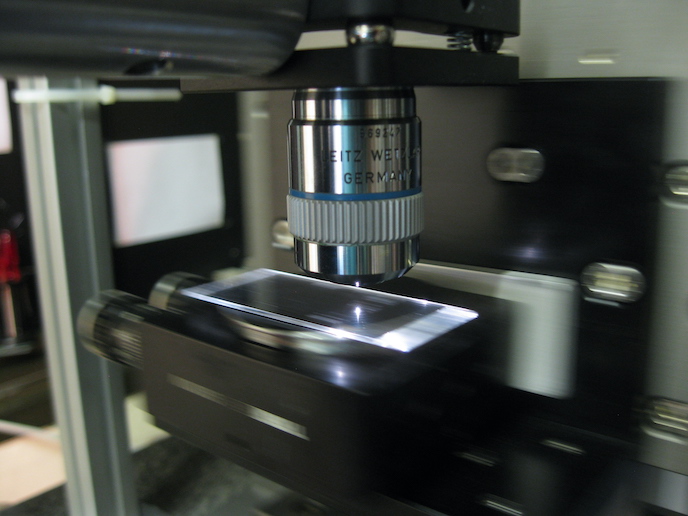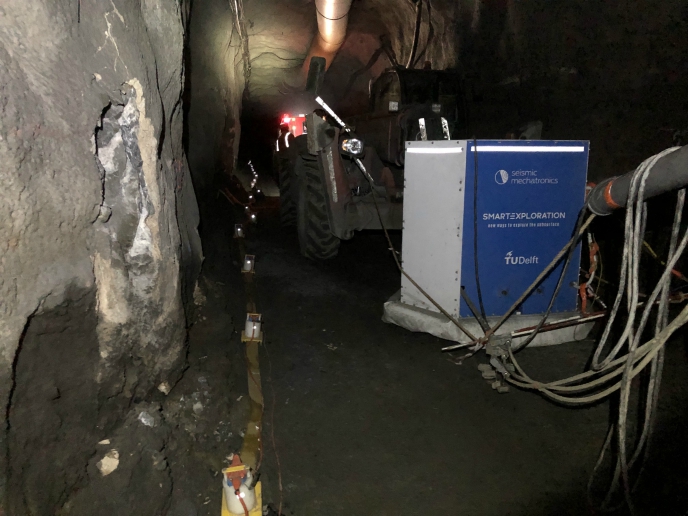Smoother design processing
Only devised in 2005, IA is a technique for numerical simulation that can close the gap currently existing between design tools and numerical simulations. This is achieved through the introduction of common representative models for both simulations and geometry. In so doing, it has the potential to eliminate time-consuming conversion processes in the design process of industrial applications. The EU-funded 'Parameterization of computational domains for isogeometric analysis' (PARADISE) project investigated challenging problems in applying IA methods to geometric design. A key area was the construction of locally refinable spaces for test functions. Project members achieved a series of algorithms and data structures that allow for efficient implementation. Other significant results include the use of adaptive splines in isogeometric simulations, the characterisation of hierarchical spline spaces, and the construction of bases with optimal stability and sparsity properties. Work done during the PARADISE project reflects the interdisciplinary nature of this topic, encompassing both theoretical and computational issues in a new vision of geometry-to-analysis. Its insights will be continued in future work that will promote the development of new, innovative and efficient design processes.







